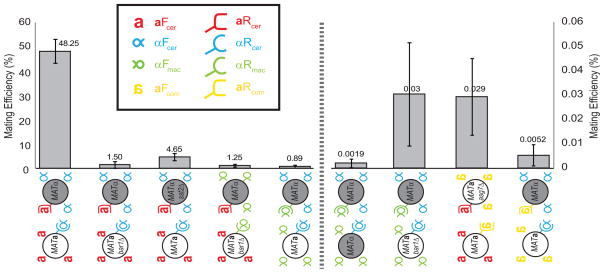Figure 5. Quantitative mating efficiency of all crosses.
The mating efficiency of all crosses reported in this paper was quantified as described previously. Cells were allowed to mate for 7h (with the exception of the left-most pair, which used only S. cerevisiae pheromones, which was mated for 4h only) and then plated on selective media to isolate diploids. Note that the scale for the mating efficiency on the left side of the graph is 1000 times higher than the one on the right. Error bars represent standard deviations from at least three independent trials. Crosses using the heterologous pheromone/receptor pairs mate worse than the ones expressing the S. cerevisiae genes, but there is no substantial difference between the mating efficiencies of strains expressing only a or only α-like pheromones. SST2 was deleted in all the strains expressing the heterologous receptors and ASG7 was deleted in all MATa strains that expressed an a factor receptor. sst2Δ, asg7Δ and bar1Δ means that the shown strains were deleted for the SST2, ASG7 or BAR1 genes. Legend: Red: a-factor (aFcer) and a-factor (aRcer) receptor from S. cerevisiae. Blue: α-factor (αFcer) and α-factor receptor (αRcer) from S. cerevisiae. Green: α-factor (αFmac) and α-factor receptor (αRmac) from S. macrospora. Yellow: a-factor (aFcom) and a-factor receptor (aRcom) from S. commune.

